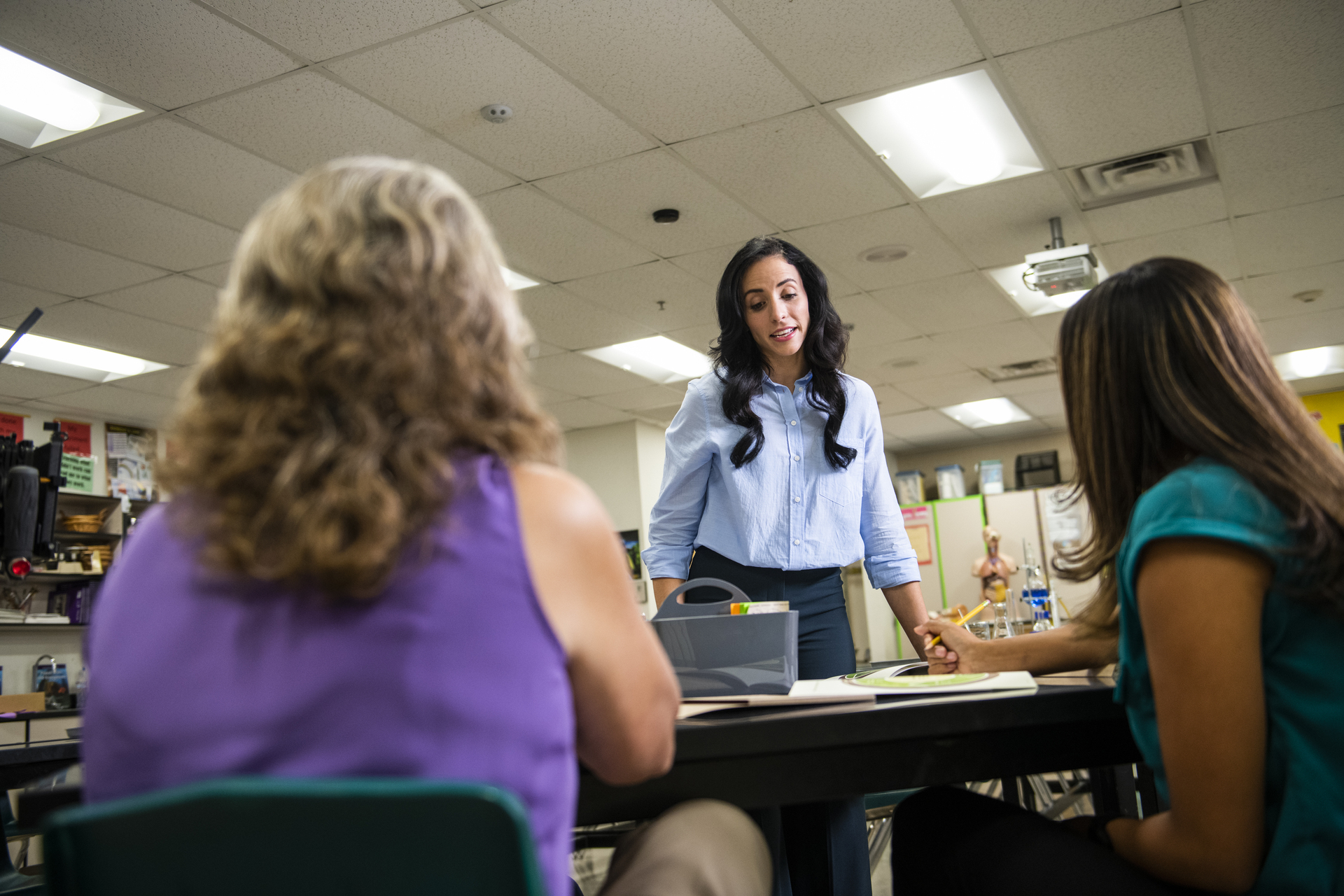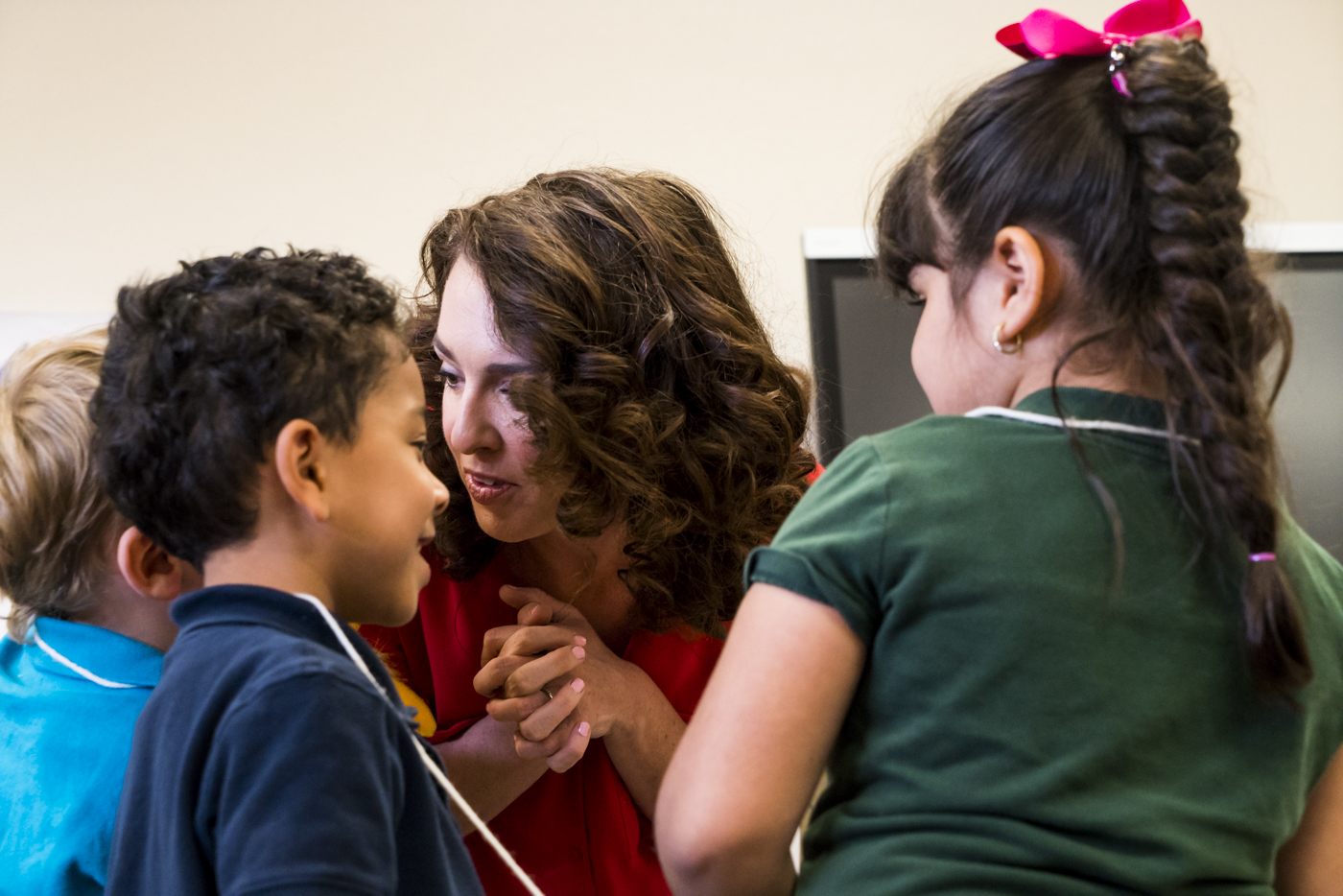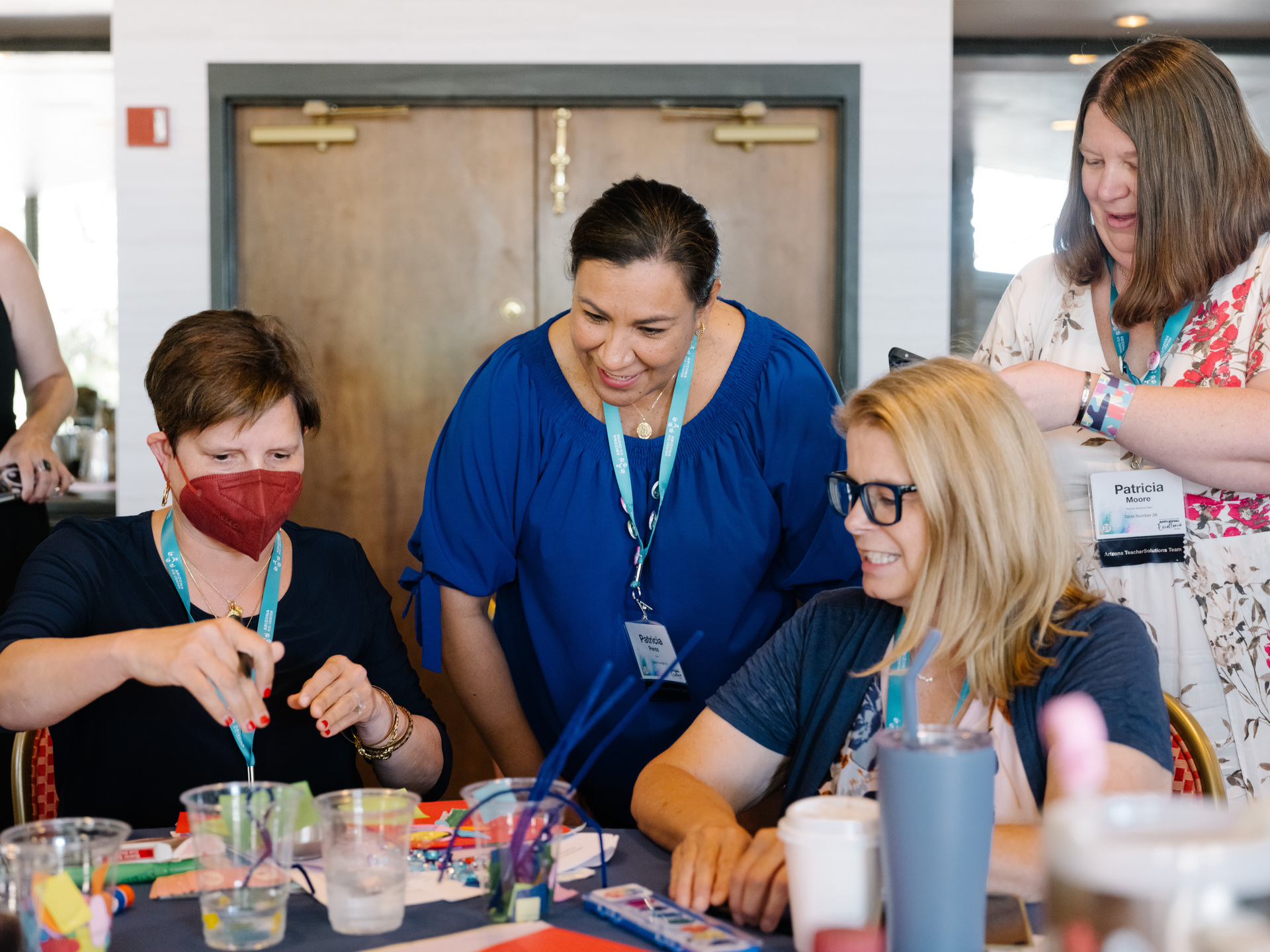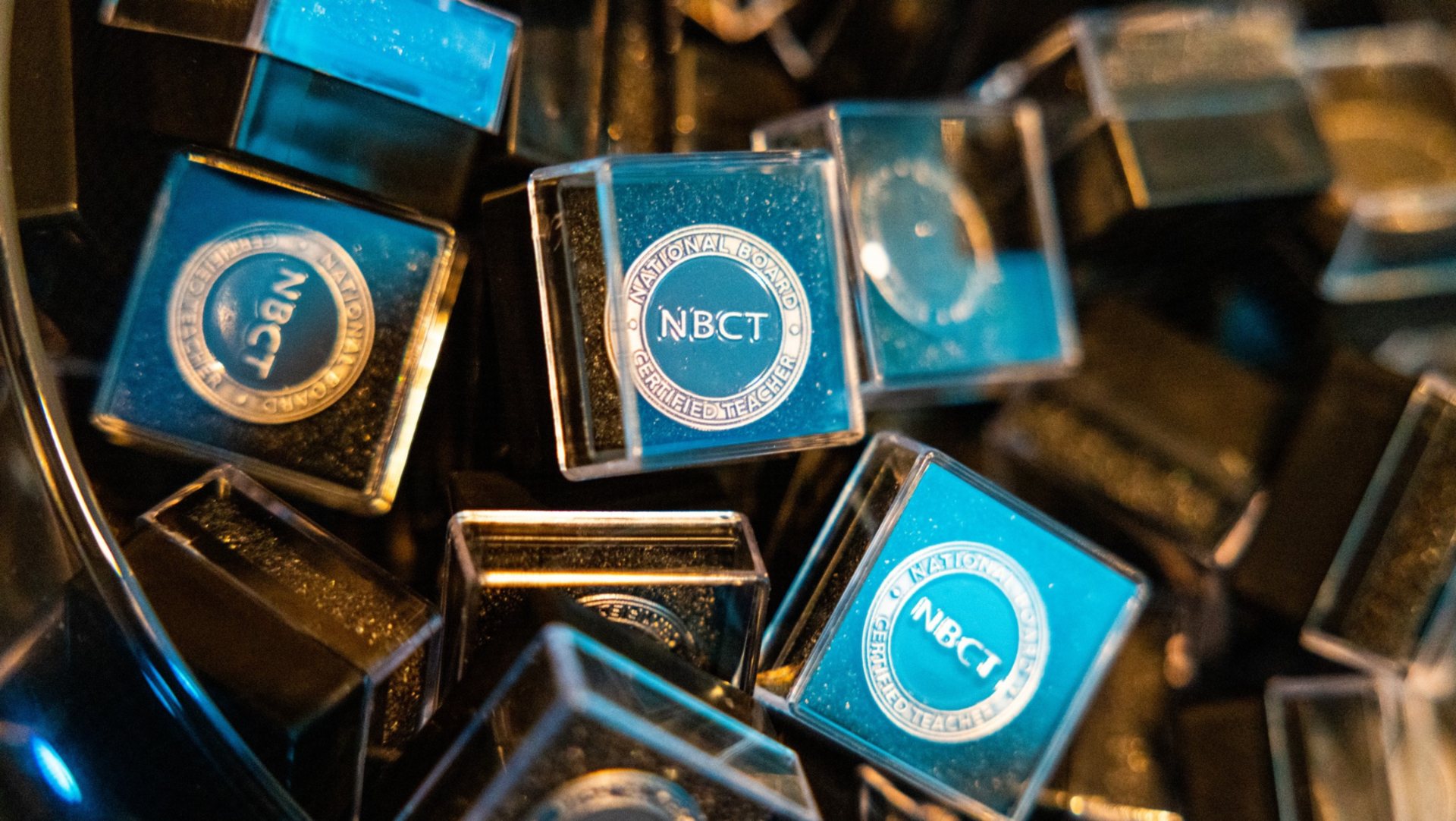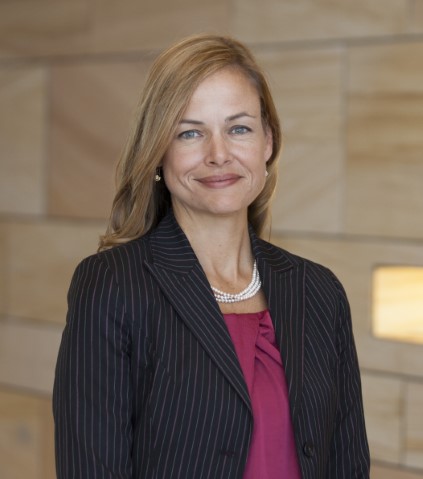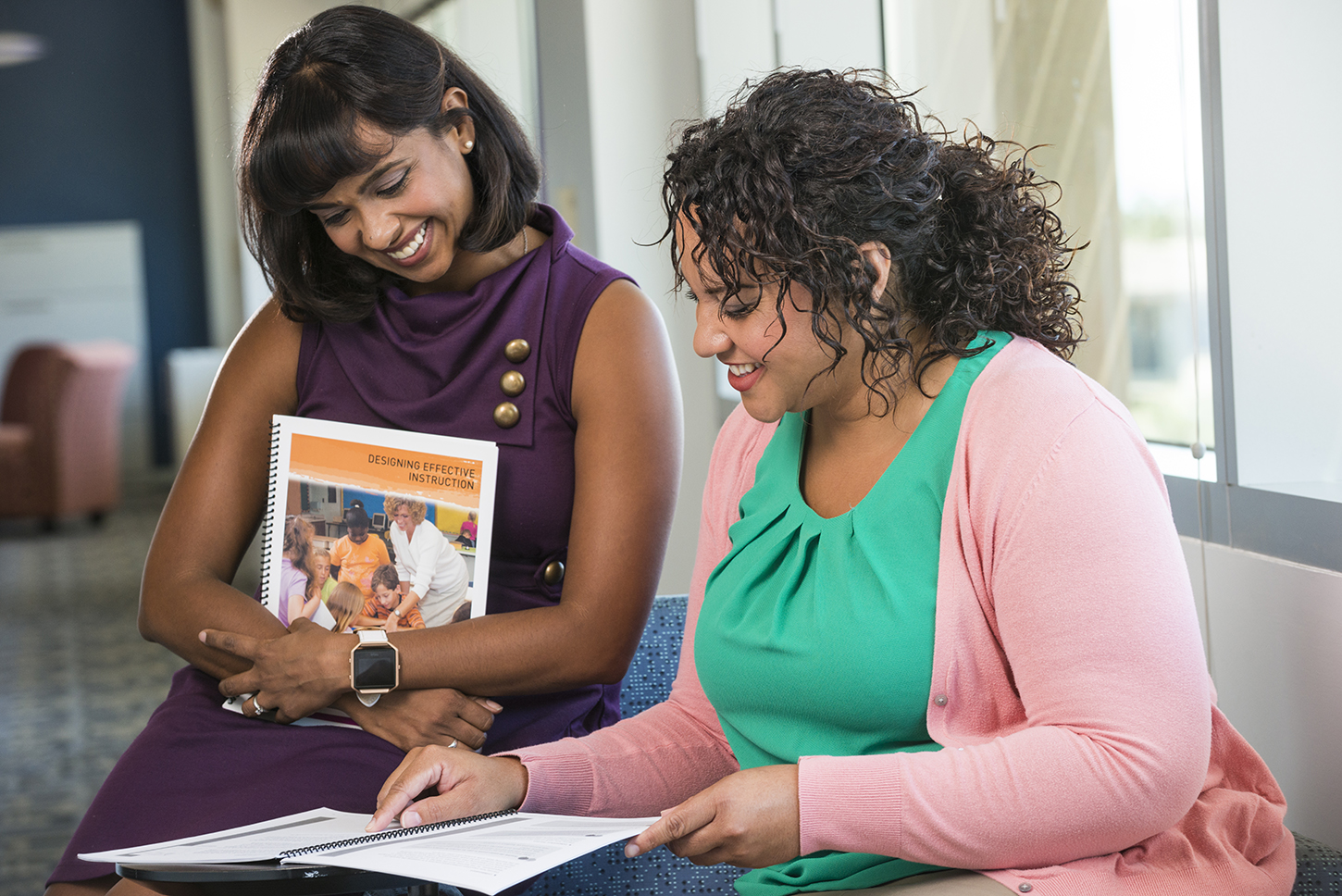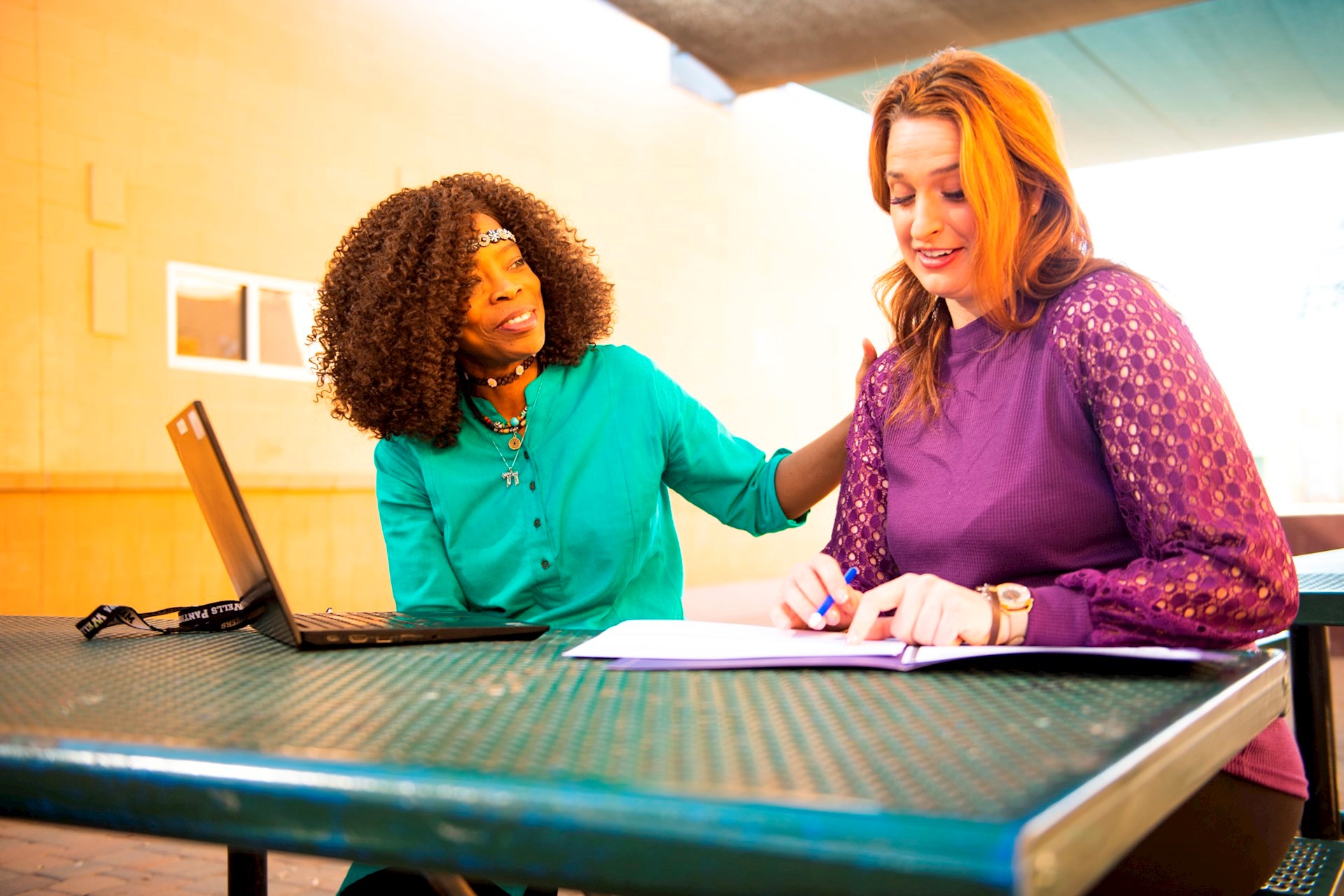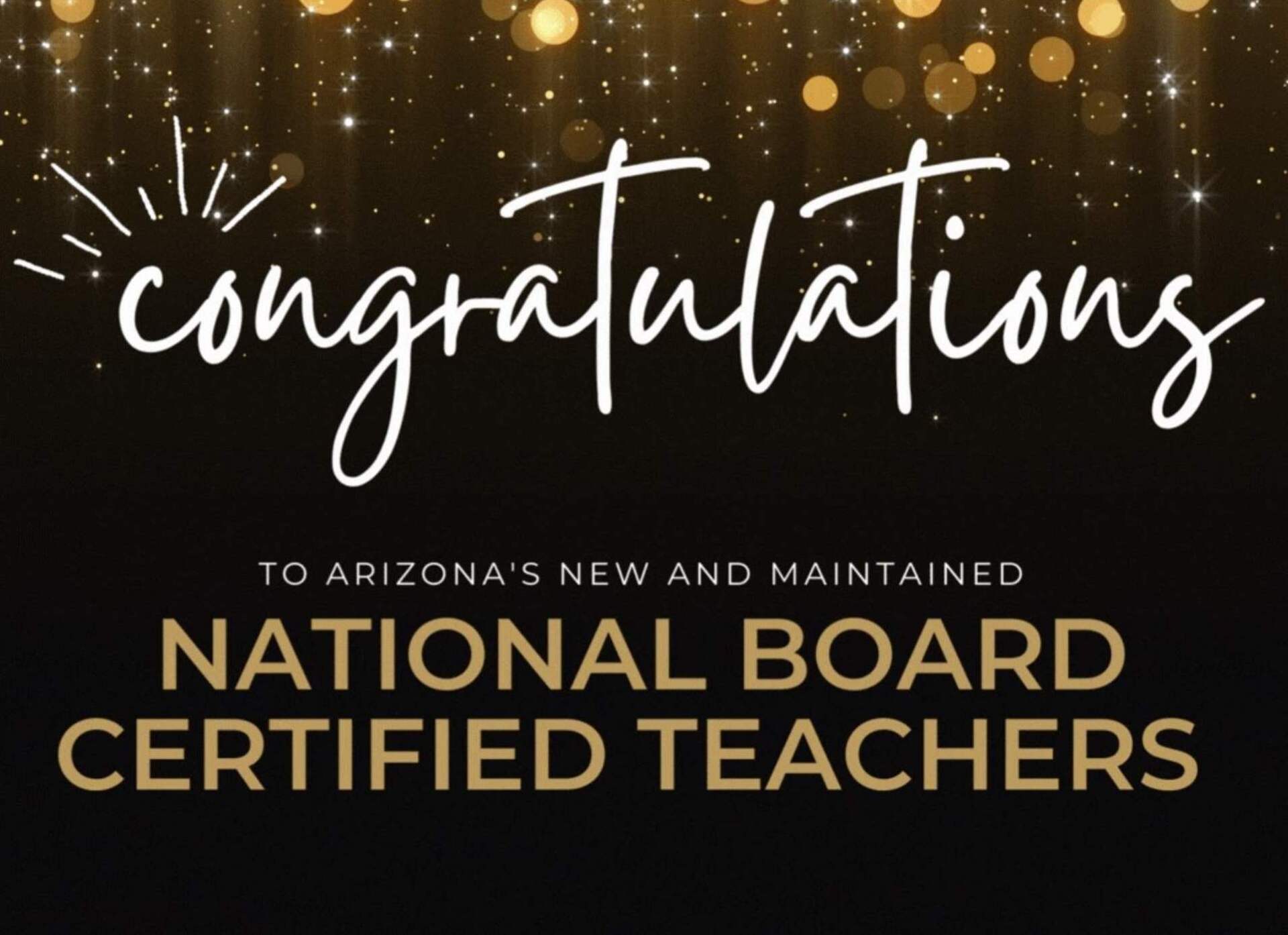September 7, 2017
Instructional Rounds: Opening Up Your Classroom and Your Practice
What happens when teachers view their classrooms like medical operating rooms inside teaching hospitals, opening their doors for their peers to observe? Powerful change — and contagious results.
Last year, we filled you in on the Arizona K12 Center’s first instructional rounds professional development session with Harvard-educated Dr. Sarah Fiarman, co-author of Instructional Rounds in Education. As part of the program, 30 enthusiastic educators from four very different Arizona districts participated in five days of hands-on training. You can check out that article over here.
As we gear up for this month’s Introduction to Instructional Rounds session, we wondered where last year’s participants are now — and how they’re implementing the instructional rounds elements in their teaching today. We caught up with Jan Mains, a mentor for first-year teachers in Phoenix’s Balsz School District and chatted about instructional rounds, Dr. Fiarman, and what it’s like to open yourself up to unabashed peer observation.
The Arizona K12 Center: If I were a teacher friend who’d never heard of instructional rounds in education before, how would you explain it?
Jan Mains: As an observer, I’d be part of about five people that are going to come into your room and observe what you are saying and doing, and what your kids are saying and doing. The focus is mostly on the students and what they are doing, not what the teacher is doing. We’d try to get a picture of what is happening in those 15 minutes. We would be writing things down that are very specific, things like “20 out of 25 students were working on the problem posed.” We might ask your students what they are learning and write down what they say.
Once we had gone to different classrooms, we would sort all of the data or observations into categories and find strengths and weaknesses to identify one focus area for active student engagement and learning. Then, the teacher would see the data and, as a team, all the stakeholders would collaborate to identify where we wanted to grow as a staff.
The Arizona K12 Center: What was your experience like at last year’s instructional rounds training?
Mains: Our district brought six people, all from different viewpoints. We had a teacher, a coach, a mentor, a principal, a curriculum specialist, and an assistant superintendent. The training was extremely cerebral. I really had to wrap my brain around not finding solutions, but just gathering unbiased data. What hit home for me was to be specific. Quote the students and teacher; write specific numbers down of how many were doing what. It was sobering to see that students were not having discussions with each other. When the teacher asked them to talk, they didn’t have the vocabulary or the content to be successful so they would often veer off task. When asked a question to the whole group, no hand would go up.
The Arizona K12 Center: What was your biggest takeaway from Dr. Fiarman?
Mains: Her energy was contagious. Her way of gathering unbiased data takes a picture of classrooms. The snapshots put together from different groups observing at different times shows trends that are unbiased and reveal student learning or gaps in learning. Involving teachers in the process of how to identify a problem of practice causes buy in for everyone.
The Arizona K12 Center: How did the training change your teaching practice?
Mains: It had a long-term impact. As a district, we have implemented the practice of instructional rounds at various levels, and the school that went to the training with the most stakeholders is using the problem of practice that the teachers identified.
The Arizona K12 Center: What do you think this year’s instructional rounds session participants will learn?
Mains: They’ll learn about being objective and specific when gathering data. They will learn how to observe looking specifically for the problem of practice that has been identified. They will learn to implement a clear strategy that improves learning.
Sounds like strategies we can seriously get behind. At its core, the instructional rounds practice builds a culture of collaboration, intentionally connecting educators and stakeholders to improve teaching and learning.
Learn more about Introduction to Instructional Rounds and other professional learning opportunities like this and others at the Arizona K12 Center.

